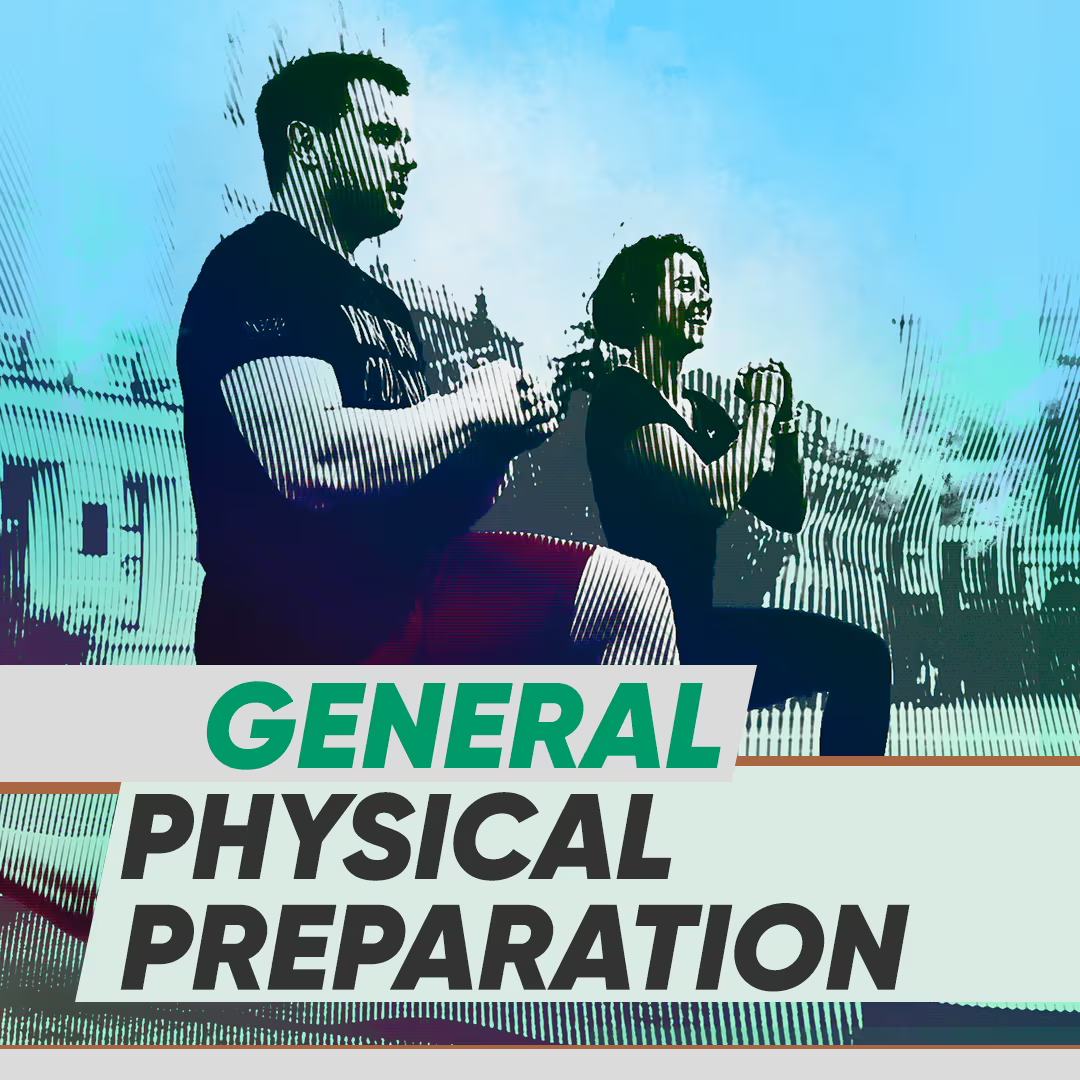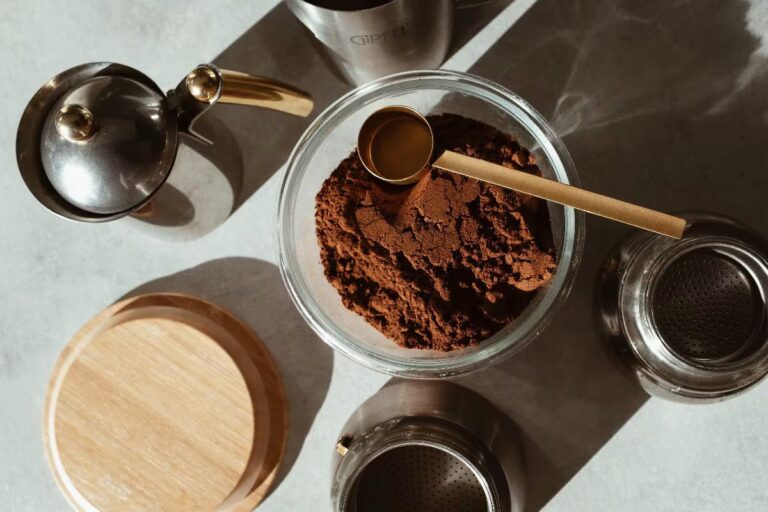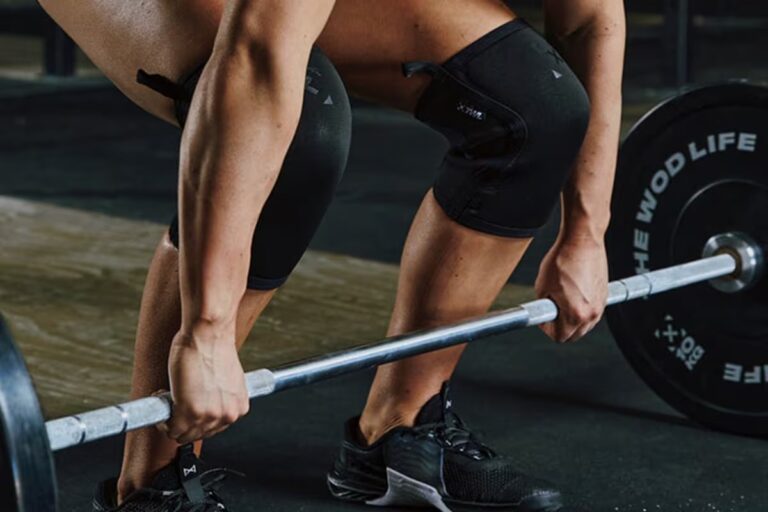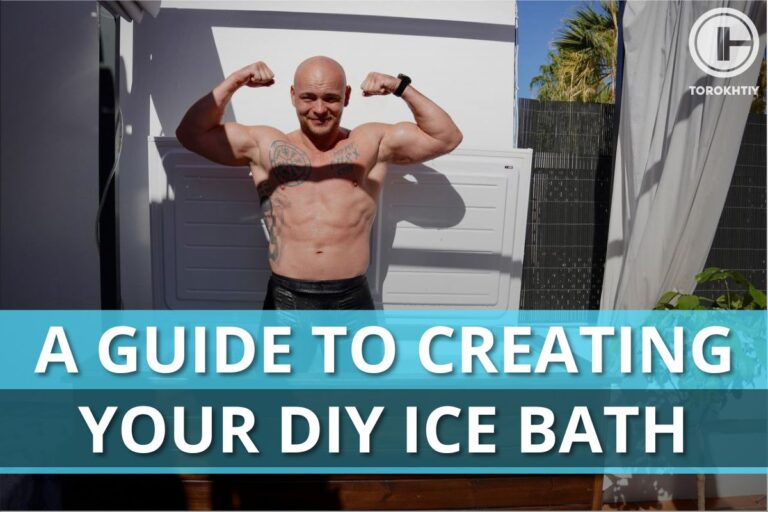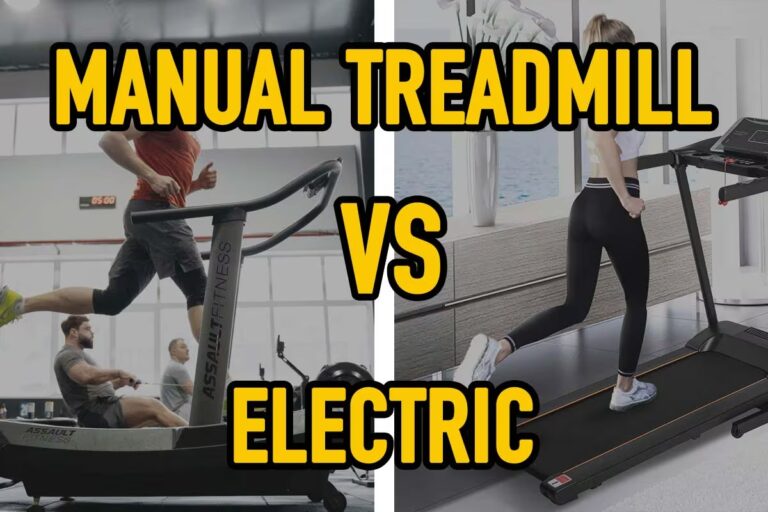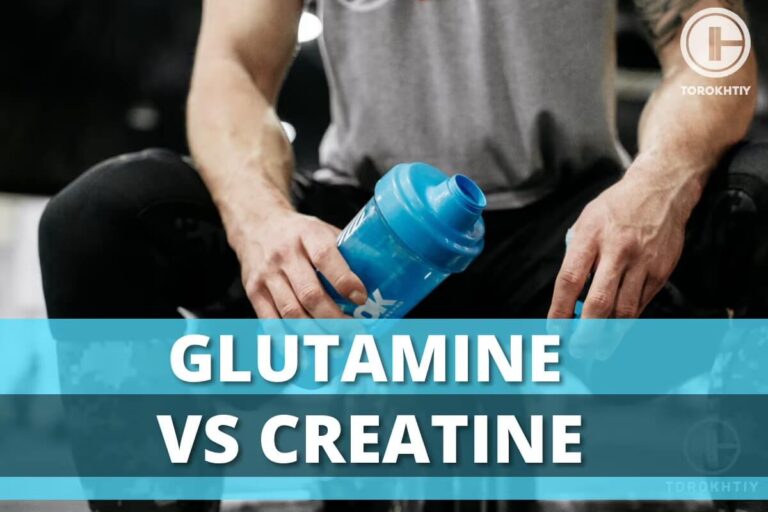Elbow Pain From Curls: Causes, Treatments and Tips
Feeling elbow pain from curls isn’t the most pleasant experience, but ignoring the pain isn’t the answer! Elbow pain is a common issue, especially when performing bicep curls. Usually, it’s just a case of reviewing your form, varying the type of curls you’re doing, and lowering the weight you’re lifting. Getting to the bottom of your bicep curl elbow pain is key to getting on the road to recovery.
So, what does it mean if you experience elbow pain from curls?
Experiencing elbow pain from curls is an issue numerous gymgoers face. It can be caused by factors including previous injury, lifting too much weight too quickly, or doing too much arm training. Having correct form, varying workouts, and curling appropriate weight and volume can reduce elbow pain risk.
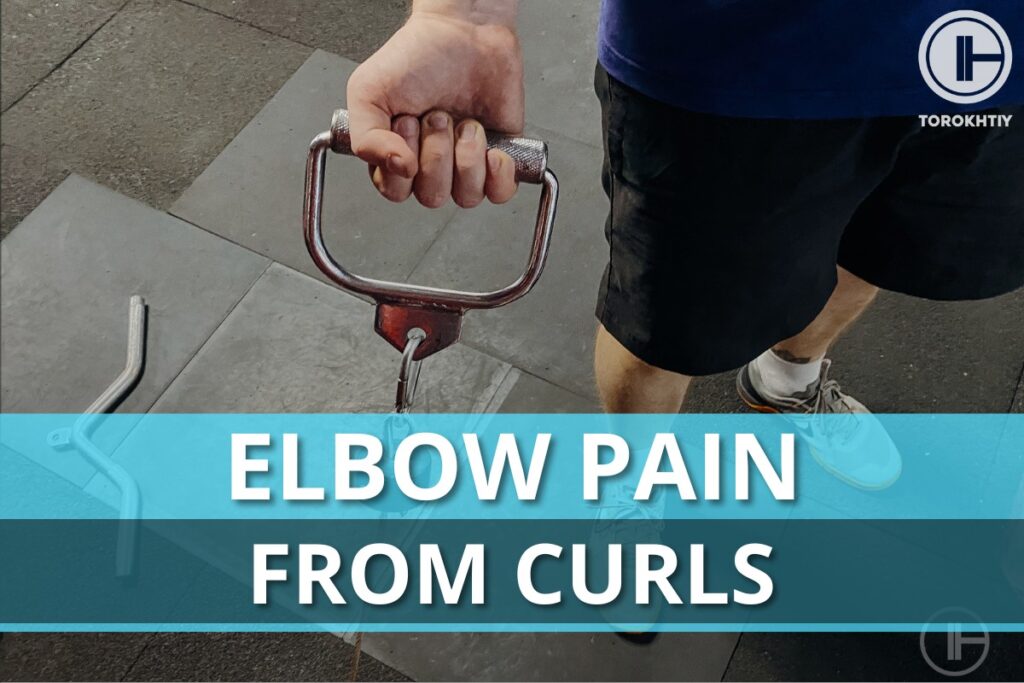
Intro To Elbow Pain From Curls
Feeling elbow pain from bicep curls isn’t the end of your gym journey, but it does mean looking at the big picture and exploring the potential cause of your painful problem. A variety of factors can lead to elbow pain when you’re training, with poor form and exceeding your tolerance or abilities being common causes.
When we increase resistance in the gym, it’s essential to remain focused and keep good form. This is vital for minimizing injury risk since movement can become improper as resistance is increased. With increased intensity and volume, the body has to work harder with each lift, and if the weight is too heavy, this can lead to a worsening of form.
Tips From the Champ
A quick exercise to discover whether you’re lifting outside of your weight capabilities with a bicep curl is to stand upright with your back against a wall. Once in position, perform a bicep curl without thrusting your lower back into the movement. If you can’t do the curl without your back coming off the wall significantly, it’s a good idea to lower the weight you’re attempting to lift.
Olympic Weightlifting Champion
What Causes Elbow Pain From Curls?
Several causes can lie behind inner elbow pain after bicep curls and once you’ve figured out the cause or causes, you can get the appropriate treatment and be ready to tackle upper body days once again. Ignoring pains in your body isn’t wise, and can worsen existing injuries, leading to longer recovery time. Therefore, it’s best to stop doing bicep curls if you feel pain, and take time to get diagnosed and treated.
1. Lifting Too Much Weight
We all like seeing progress when we’re training. Nothing beats the feeling of surpassing PBs and lifting heavier than we ever have before. But this takes time! Patience is your best friend in the gym, and it’s important to respect it. Lifting surplus weight, too often and too quickly, is a common reason for elbow pain from curls as it works the muscles surrounding the elbow intensely.
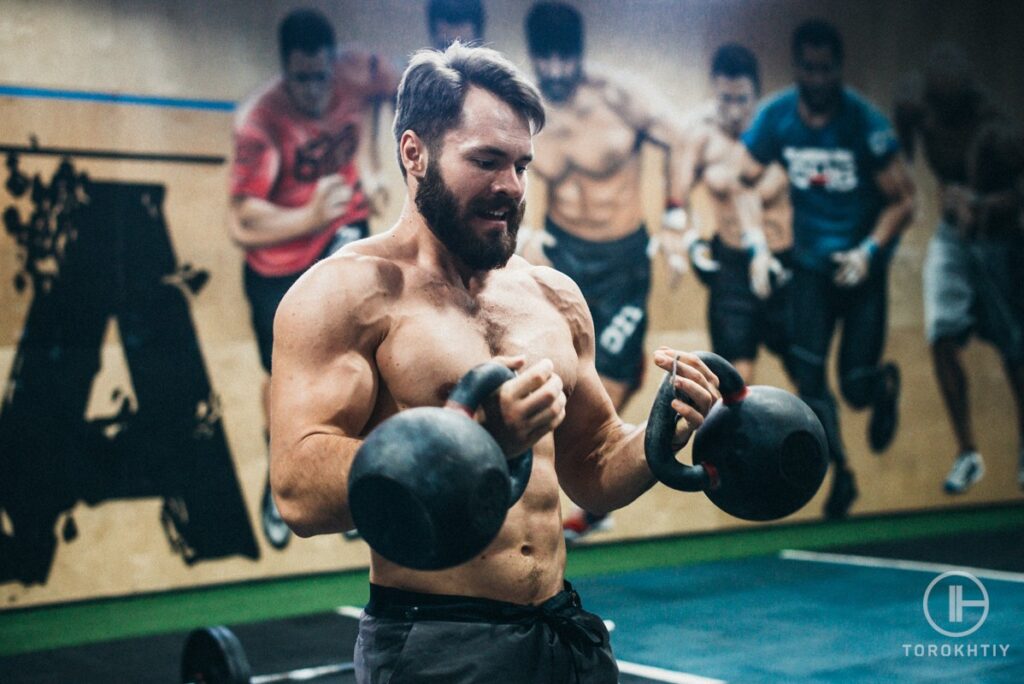
2. Lack Of Variation
Completing the same movements time and time again in the gym isn’t a recipe for success. Including a range of exercises in your training program will vary the stresses placed on the body and decrease the risk of pain or injury from overuse. Even with appropriate variation, doing too many bicep curls or going too heavy can still cause elbow pain. Make sure to follow a proper program so that you don’t end up overtraining.
🔻GENERAL PHYSICAL PREPARATION PROGRAM
🏋️♂️ NO GYM? NO PROBLEM!
Get back in shape with our GPP program – the perfect solution for those who’ve been putting off training due to time constraints or difficulty.
✨ WHAT’S INCLUDED:
- 4-week bodyweight and minimal equipment program
- 3 workouts a week, each lasting 40-60 minutes
- Suitable for all fitness levels
- Focus on regaining muscle strength and overall fitness
💪 BENEFITS:
- Rehabilitate physical shape
- Improve balance and coordination
- Reduce stress, boost mood
- Increase self-confidence and internal energy
How To Treat Elbow Pain From Curls?
Visiting a healthcare professional to diagnose your elbow pain is a wise choice for getting to the root cause and sourcing the appropriate treatment. To achieve an accurate diagnosis, a medical professional will likely examine your elbow, ask you to move it in different ways, and take a close look at the muscles surrounding the area such as the bicep and tricep.
Typically, the answer to most overuse injuries including tendinopathy is modified exercise, potential alongside medication. Inflammation in the bicep could be the underlying cause of weightlifting elbow pain, but it’s always best to see a specialist who can correctly diagnose the problem. Alongside modified exercise, it may be beneficial to conduct self-myofascial release to help the bicep or tricep if they are stiff and tense.
Although it would be advantageous for further studies to be conducted, SMR exercises may have short-term effects on increasing joint ROM without decreasing muscle performance. These exercises can be conducted using a foam roller, lacrosse ball, peanut ball, or other types of massage equipment. Soft tissue injuries such as those felt in the elbow can take upwards of 6 weeks to heal. During this time it’s crucial to listen to your body and not ignore any increases in pain or difficulty in moving the elbow joint.
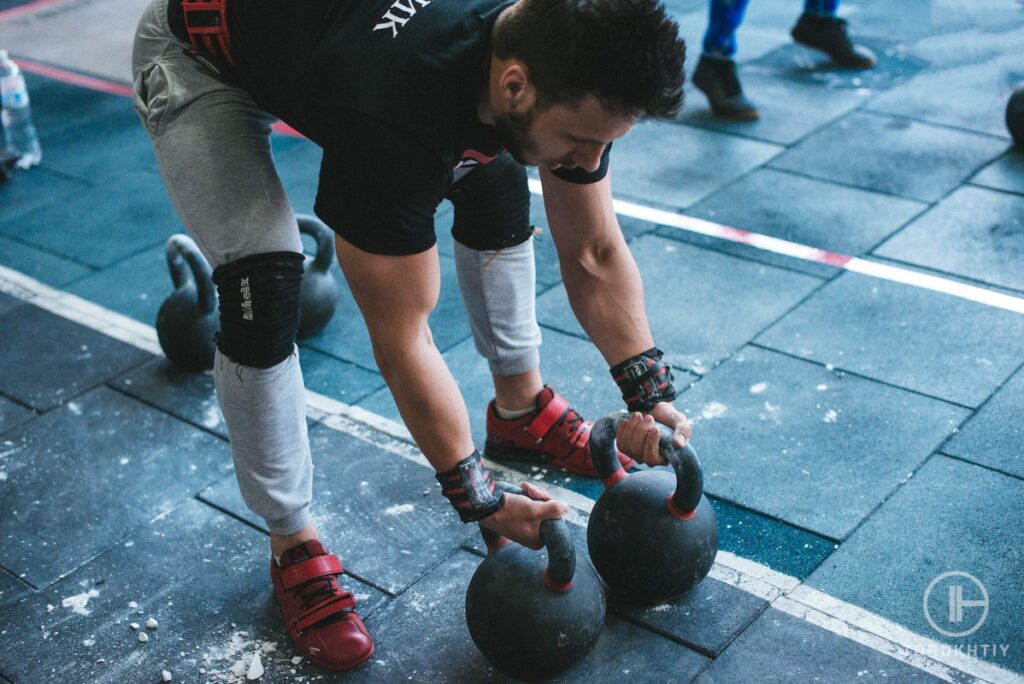
How To Do Curls Without Hurting Your Elbows? (3 Tips To Avoid Elbow Pain)
So, you’ve experienced pain in your elbow, a medical professional has diagnosed the problem, and you’re on the mend, but you’re wondering how to adjust your training when you’re back in the gym. There are a few tips able to transform the way you curl, without experiencing pain in your elbows, so you can look after your body and reap the benefits of safe and effective training.
1. Vary The Type Of Bicep Curls You’re Doing
Just like there isn’t one type of squat exercise, there are also many types of bicep curls and each is slightly different, affecting muscles in varying ways. A conventional bicep curl is great to include in your training, but it’s worth exploring other options such as hammer curls, reverse curls, cable curls, incline dumbbell curls, barbell curls, and preacher curls to name a few! Varying the curls you’re performing means you’ll be experiencing a variety of specific stresses, creating a balanced routine for your upper body.
Tips From the Champ
If you’ve become comfortable with conventional bicep curls and want to broaden out into new variations, it’s normal to feel somewhat intimidated. Instead of wondering if you’re doing the new exercise correctly, ask a trainer to give you some pointers so you can ensure your form is spot on, and you won’t be heading to the doctor’s office with new elbow pain!
Olympic Weightlifting Champion
2. Increase Weight Gradually
Part of the joy of weightlifting is seeing progression through a training program where you can feel your body getting stronger, and you can lift more weight than when you first stepped foot in the gym. Even though it can take time to see progression, it’s vital to go steady in the gym and not rack up weight too quickly. Increase weight gradually for the best results and to ensure minimal risk of elbow pain from bicep curls.
3. Keep Wrists In Neutral Position
When performing a bicep curl correctly, keeping your wrists in a neutral position is a potential way to dodge pain in the elbow. When lowering the bar and extending the arms, ensure your wrists are in line with your forearms. They shouldn’t be bent and angled down toward the floor as this can put unnecessary strain on the wrists and surrounding muscles.
FAQ
Why Do I Feel Bicep Curls In My Elbow?
Feeling bicep curls in your elbow isn’t optimal for muscle growth, and can be a sign of poor form. Keeping a neutral wrist position and curling with the right form can aid in the reduction of stress and strain on the elbow joint. Lifting too heavy with poor wrist positioning can lead to you feeling bicep curls in your elbow, instead of in your bicep muscle.
How Long Does Elbow Pain Last?
Different injuries can take various lengths of time to heal. If you’re experiencing significant pain and your elbows hurt during bicep curls, it’s best to seek medical advice and source a diagnosis, alongside a treatment plan for your recovery. Depending on the specific injury, elbow pain can last anywhere from a few days to 6 weeks and in worse cases, even longer.
Waiting for your body to recover from an injury can be a frustrating time but it’s important to not rush the healing process. Try to see this period as a restful few weeks where you can focus on improving other aspects of your lifestyle such as having optimal nutrition, so you can bounce back excited and ready to make good progress once again.
Conclusion
Elbow pain from curls can be an indication of injury, potentially caused by factors such as poor form when curling, lifting weights that are too heavy, and performing the same types of curls repeatedly. By introducing different variations of bicep curls, ensuring your form is correct, and keeping your wrists in a neutral position, you should limit your risks of elbow pain, and see better overall results from your training.
Have you experienced elbow pain from curls? If so, which solution worked best for you?
Referenses:
- Jeffrey C. Gailhouse, “The Effect of Varying Weight Load Intensities on Biceps Curl Technique”, Western Michigan University, https://scholarworks.wmich.edu/cgi/viewcontent.cgi?article=1872&context=masters_theses (Accessed February 4 2024)
- Mohamed Elshafei and Emad Shihab, “Towards Detecting Biceps Muscle Fatigue in Gym Activity Using Wearables”, National Center For Biotechnology Information, https://www.ncbi.nlm.nih.gov/pmc/articles/PMC7865622/ (Accessed February 4 2024)
- Scott W. Cheatham, PT, DPT, OCS, ATC, CSCS, Morey J. Kolber, PT, Ph.D., OCS, CSCS*D, Matt Cain, MS, CSCS, Matt Lee, PT, MPT, CSCS, “The Effects of Self-Myofascial Release Using A Foam Roll or Roller Massager on Joint Range of Motion, Muscle Recovery, and Performance: A Systematic Review” National Center For Biotechnology Information, https://www.ncbi.nlm.nih.gov/pmc/articles/PMC4637917/ (Accessed February 4 2024)
- Trauma and Orthopaedic Department, Royal United Hospitals Bath NHS Foundation Trust, https://www.ruh.nhs.uk/patients/patient_information/ORT047_Advice_after_a_soft_tissue_injury_of_the_elbow.pdf (Accessed February 4 2024)
- Sousana K. Papadopoulou, “Rehabilitation Nutrition for Injury Recovery of Athletes: The Role of Macronutrient Intake”, National Center For Biotechnology Information, https://www.ncbi.nlm.nih.gov/pmc/articles/PMC7468744/ (Accessed February 6 2024)
Why Trust Us?
With over 20 years in Olympic Weightlifting, our team does its best to provide the audience with ultimate support and meet the needs and requirements of advanced athletes and professional lifters, as well as people who strive to open new opportunities and develop their physical capabilities with us.
By trusting the recommendations of our certified experts in coaching, nutrition, dietology, and sports training programming, as well as scientific consultants, and physiotherapists, we provide you with thorough, well-considered, and scientifically proven content. All the information given in the articles concerning workout programming, separate exercises, and athletic performance, in general, is based on verified data. We ensure that you can rely on our professionals’ pieces of advice and recommendations that can be treated as personalized ones which will benefit you and fully meet your needs.
The product testing process is described in more detail here
Author: David Sasha Schulz
Doctor of Chiropractic, BSc Human Biology, CSCS
Strength coach (CSCS) – 10 years
Sasha is a Chiropractor and Kinesiologist practicing in Kelowna, BC, Canada. He has been practicing Chiropractic since 2019, integrating manual therapy, strength training and programming principles, and nutritional strategies to get his patients optimal results. He currently scratches the competitive itch in fitness, and the occasional endurance race, and plays golf and snowboards for fun. He has an interest in all strength and fitness-related sports.


